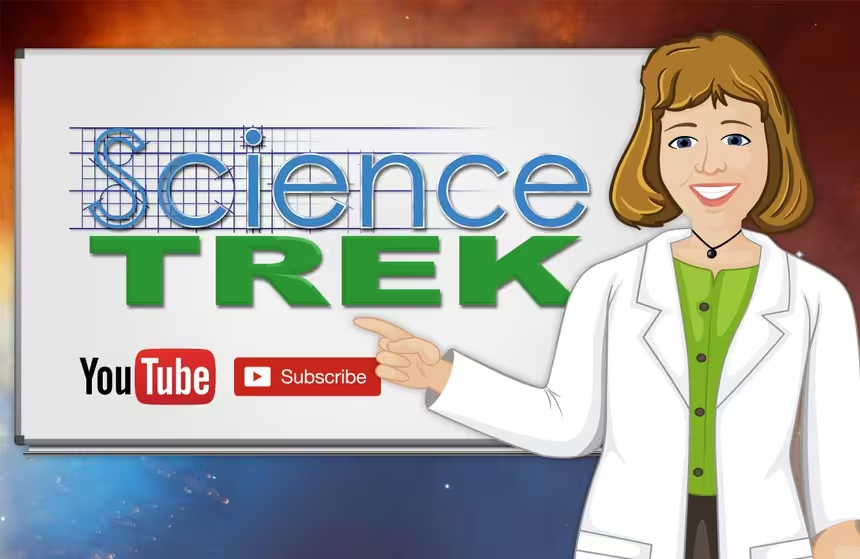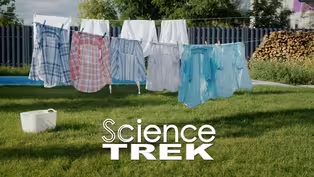
Light and Color: Mirror, Mirror on the Wall
Clip: Special | 1m 4sVideo has Closed Captions
Funhouse mirrors help us learn about light and reflection.
Mirrors are used for more than checking your face in the morning. Scientists have lots of uses for mirrors. Find out more about the different kinds of mirrors and how they use light and reflection to study the universe.
Problems playing video? | Closed Captioning Feedback
Problems playing video? | Closed Captioning Feedback
Science Trek is a local public television program presented by IdahoPTV
Major Funding by the Laura Moore Cunningham Foundation and the Idaho National Laboratory. Additional Funding by the Friends of Idaho Public Television and the Corporation for Public Broadcasting.

Light and Color: Mirror, Mirror on the Wall
Clip: Special | 1m 4sVideo has Closed Captions
Mirrors are used for more than checking your face in the morning. Scientists have lots of uses for mirrors. Find out more about the different kinds of mirrors and how they use light and reflection to study the universe.
Problems playing video? | Closed Captioning Feedback
How to Watch Science Trek
Science Trek is available to stream on pbs.org and the free PBS App, available on iPhone, Apple TV, Android TV, Android smartphones, Amazon Fire TV, Amazon Fire Tablet, Roku, Samsung Smart TV, and Vizio.

Science Trek
Science Trek is a place where parents, kids, and educators can watch short, educational videos on a variety of science topics. Every Monday Science Trek releases a new video that introduces children to math, science, technology, engineering, and math (STEM) career potentials in a fun, informative way.(Science Trek music) JOAN CARTAN-HANSEN, HOST: Scientists have lots of uses for mirrors, but not all mirrors are the same.
Plane mirrors are flat.
They are the ones you see in your bathroom.
Scientists use plane mirrors in microscopes to reflect light so they can see very small things.
Have you ever seen yourself in a funhouse mirror?
These mirrors are specially designed.
Light coming in gets bent and you see a distorted image.
Concave mirrors curve inward.
They can be used to make thing larger.
Scientists use concave mirrors in large telescopes.
On the other hand, convex mirrors are thinner in the middle and bend light outward.
Drivers use convex mirrors in their side mirrors.
By the way, your reflection in a mirror only appears to be reversed.
That's because your brain is used to seeing faces turned 180 degrees.
Light bounces off the mirror and is reflected back the way it came.
So, the image is reflected, not rotated the way our brain usually expects.
So, an image in a mirror appears to be reversed.
For more information about light and color, check out the Science Trek website.
You'll find it at Science Trek dot org.
Light and Color: Using Light’s Energy
Video has Closed Captions
Clip: Special | 1m 4s | How do plants use sunlight to make their own food? (1m 4s)
Clip: Special | 6m 11s | Join hosts Evie and Garrett as they learn more about light and color! (6m 11s)
Providing Support for PBS.org
Learn Moreabout PBS online sponsorship
- Science and Nature

Capturing the splendor of the natural world, from the African plains to the Antarctic ice.

- Science and Nature

Explore scientific discoveries on television's most acclaimed science documentary series.












Support for PBS provided by:
Science Trek is a local public television program presented by IdahoPTV
Major Funding by the Laura Moore Cunningham Foundation and the Idaho National Laboratory. Additional Funding by the Friends of Idaho Public Television and the Corporation for Public Broadcasting.

